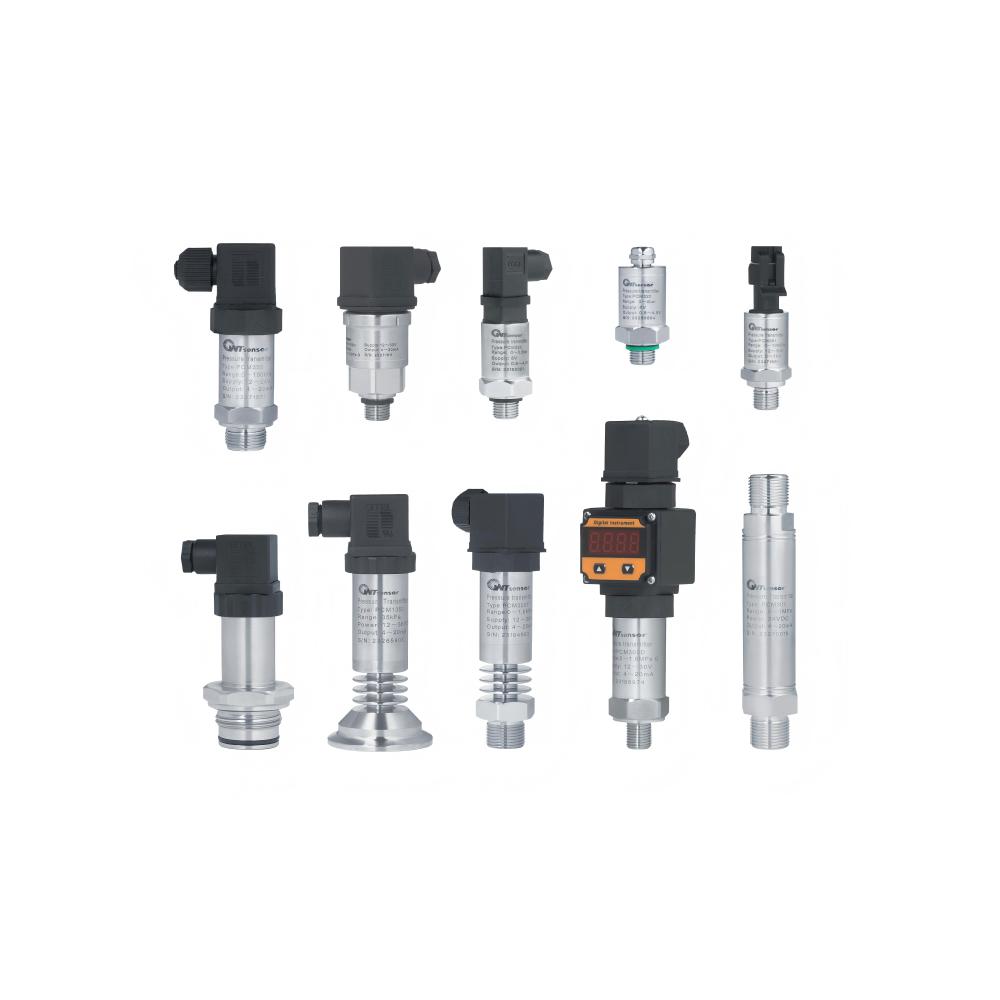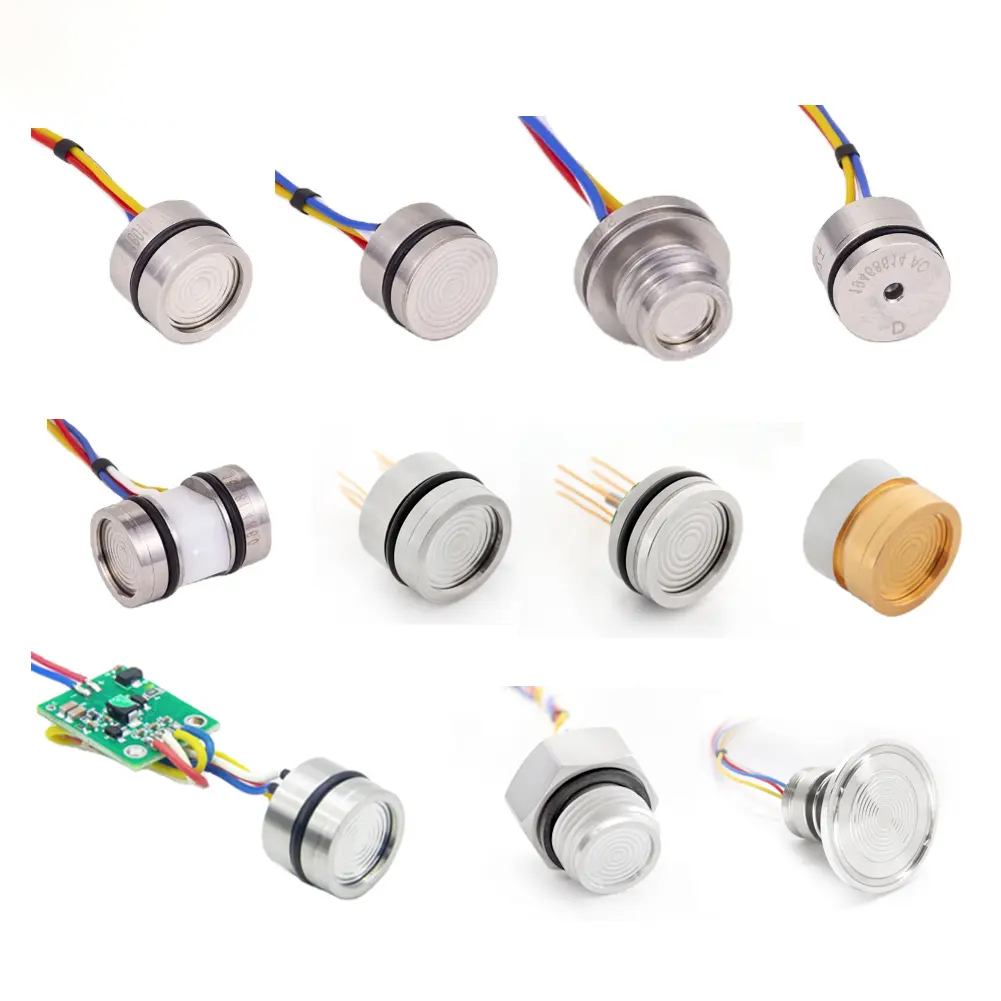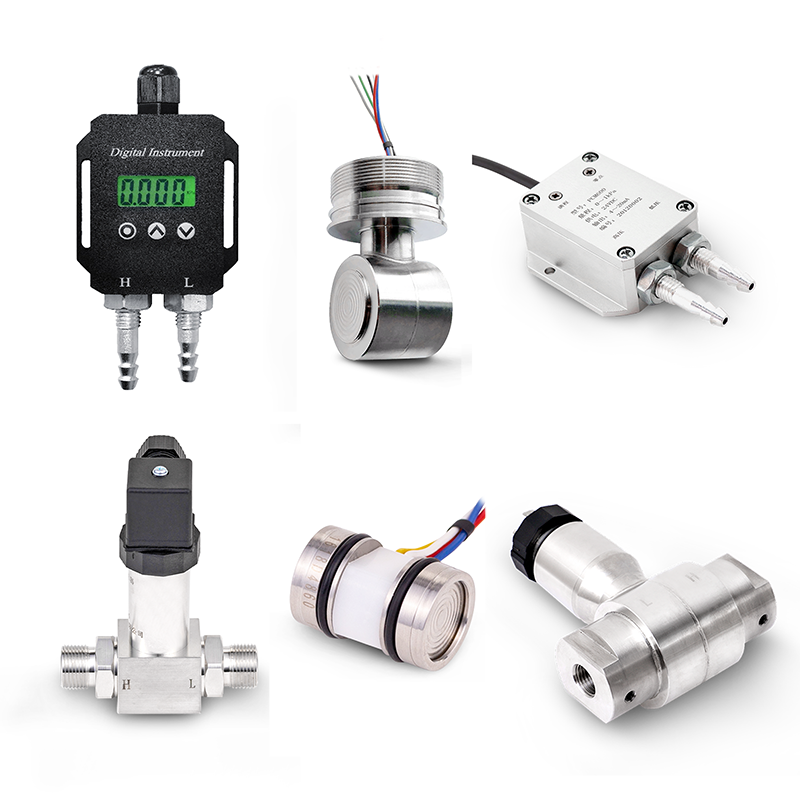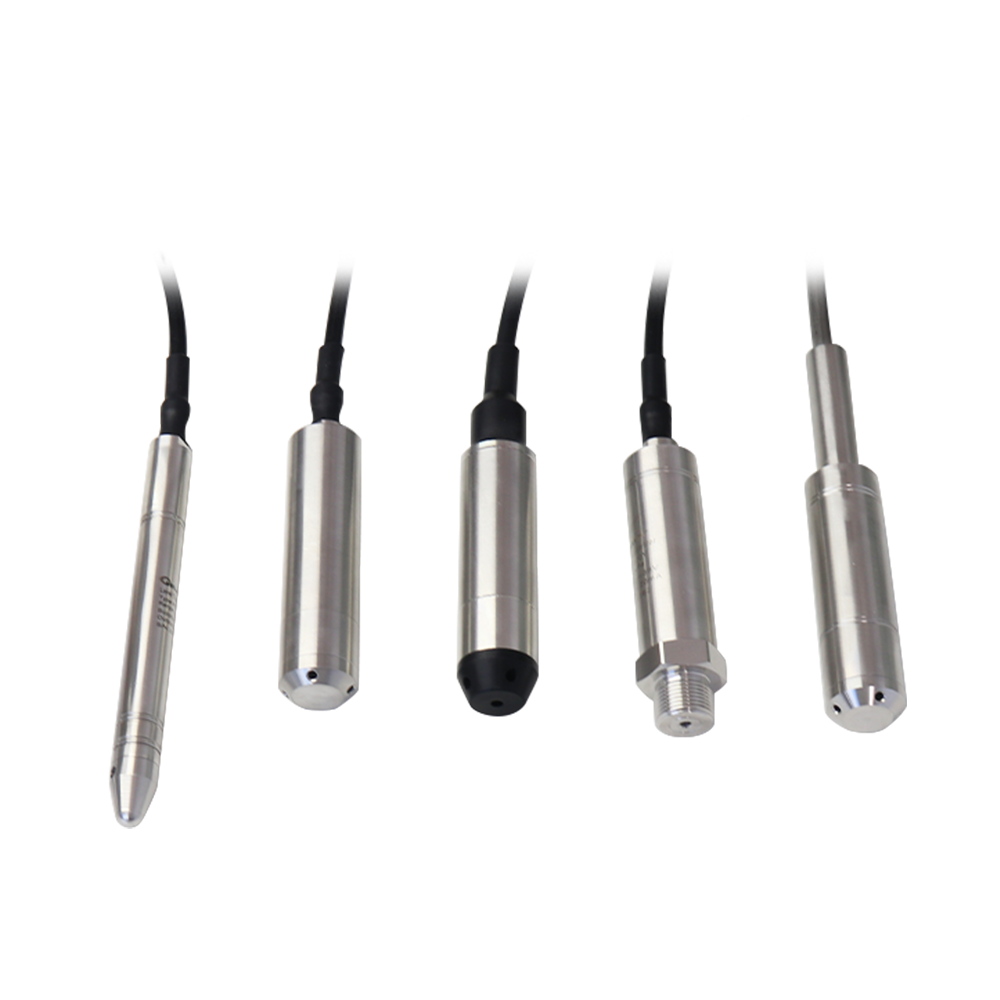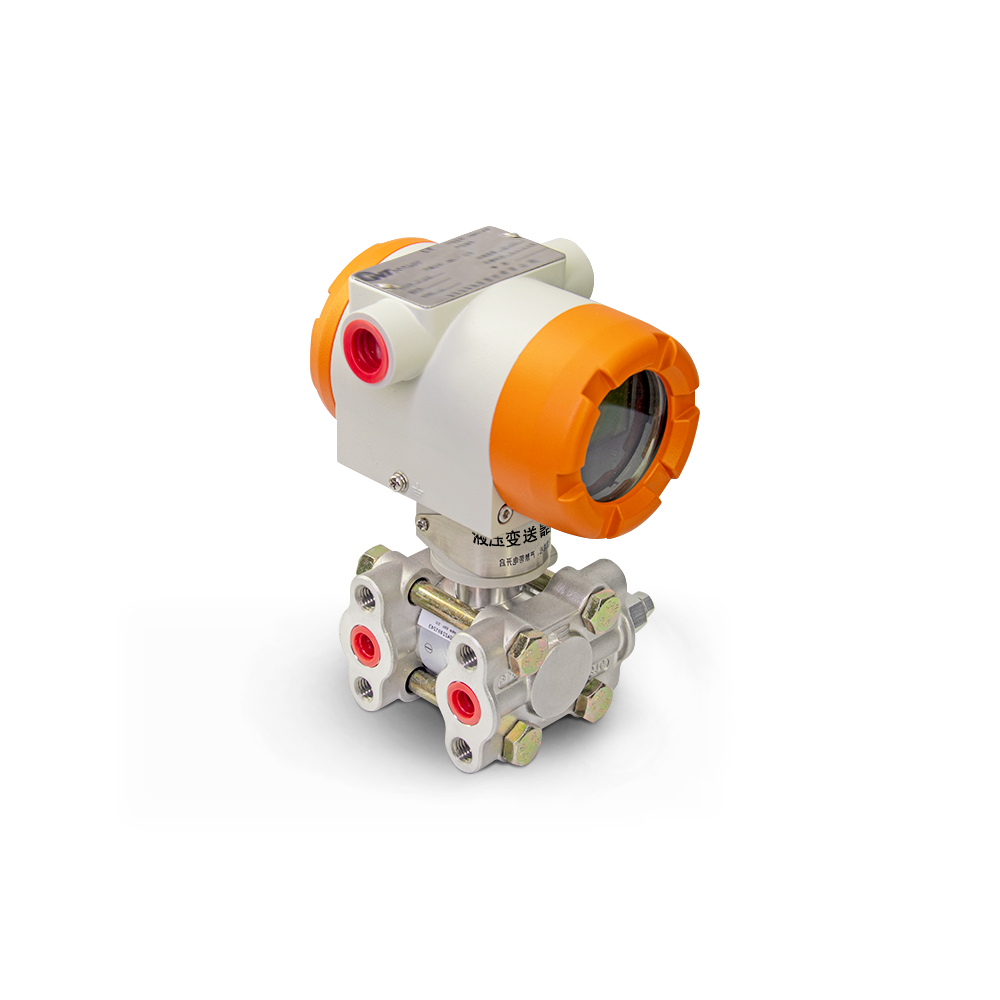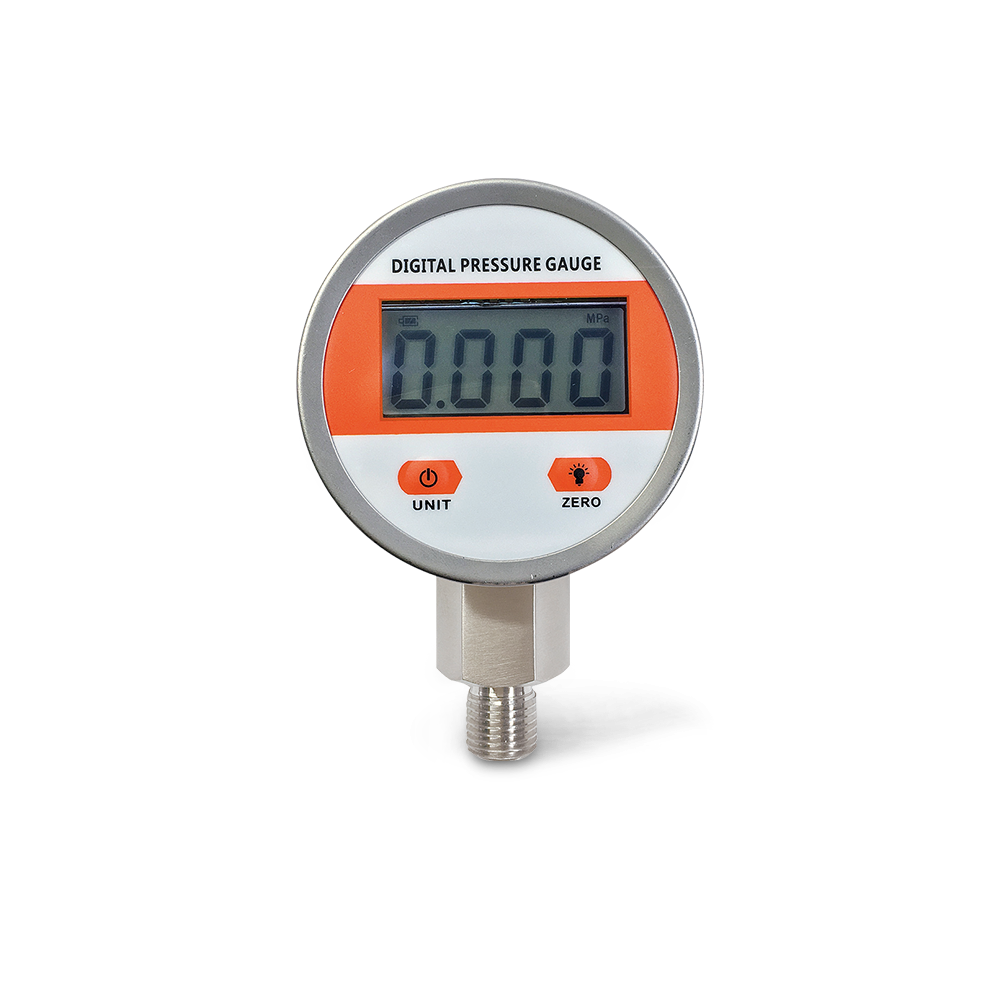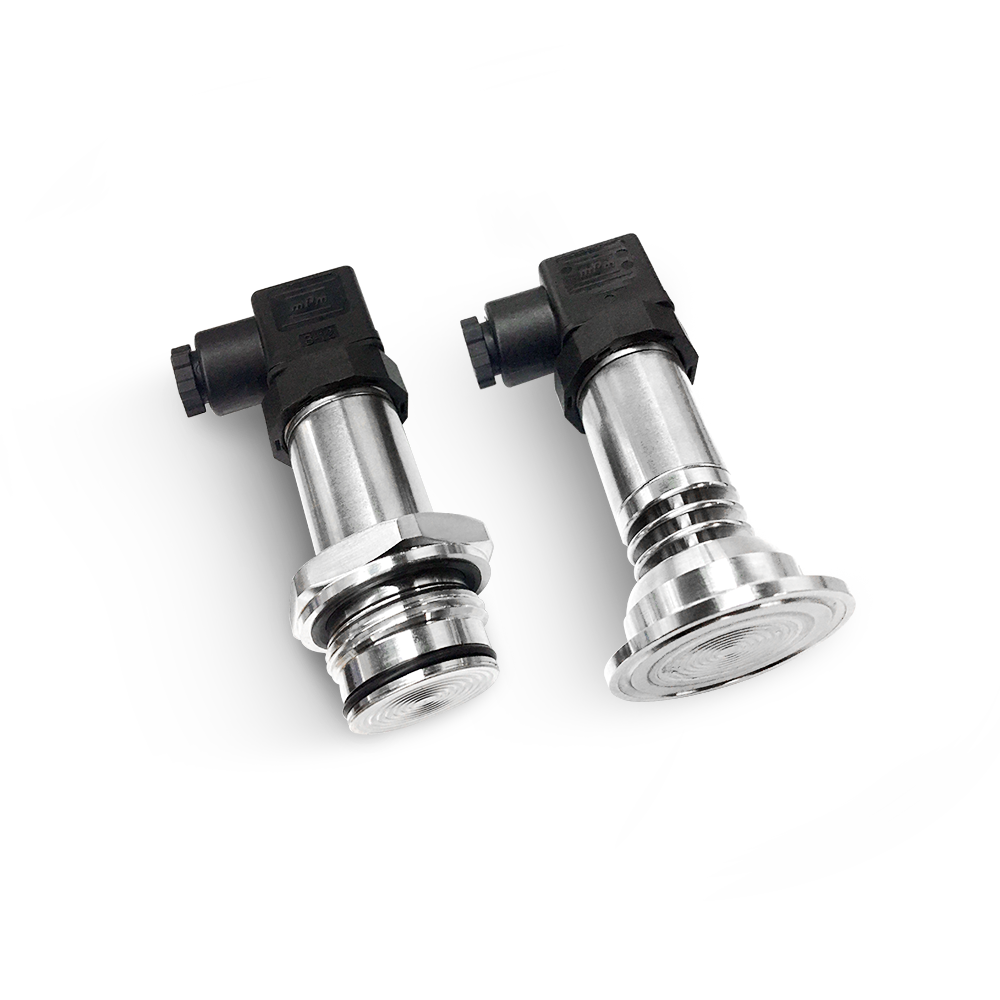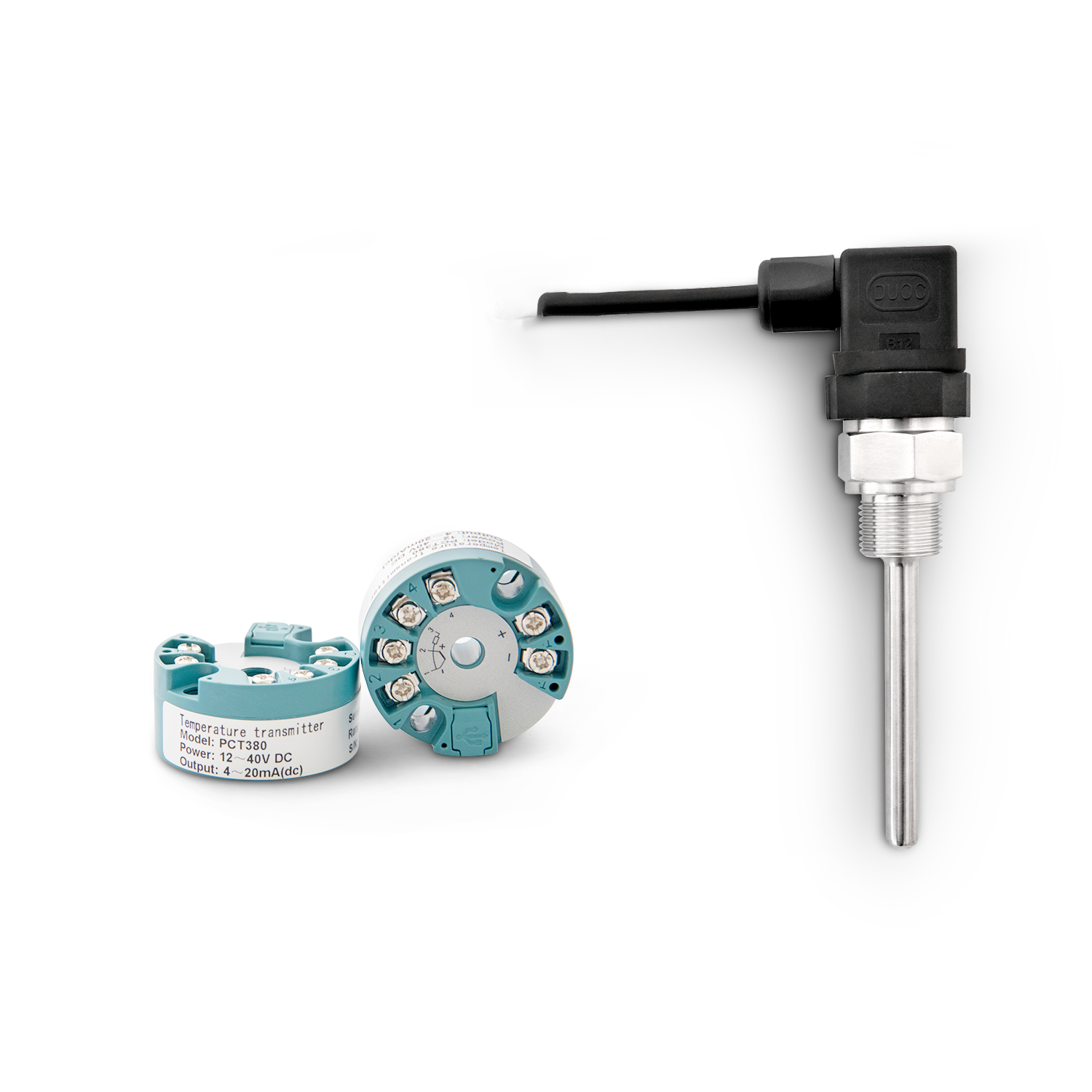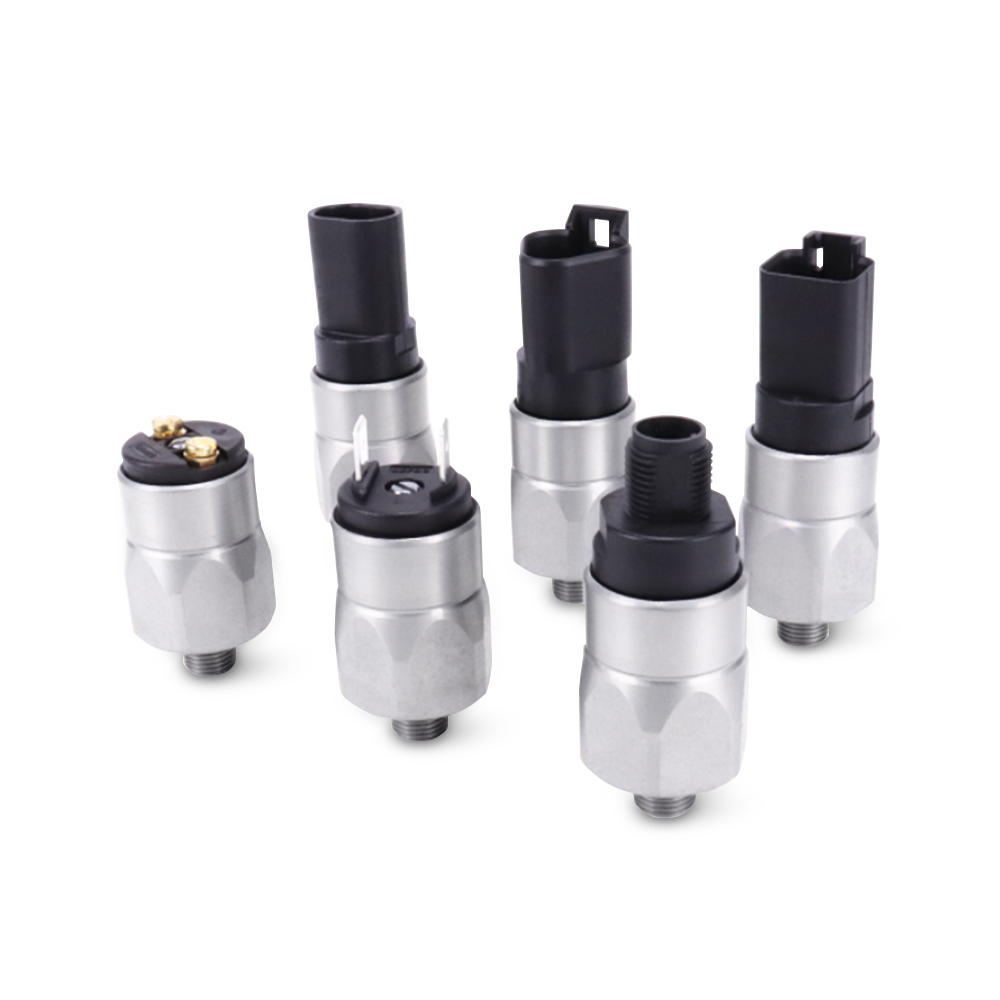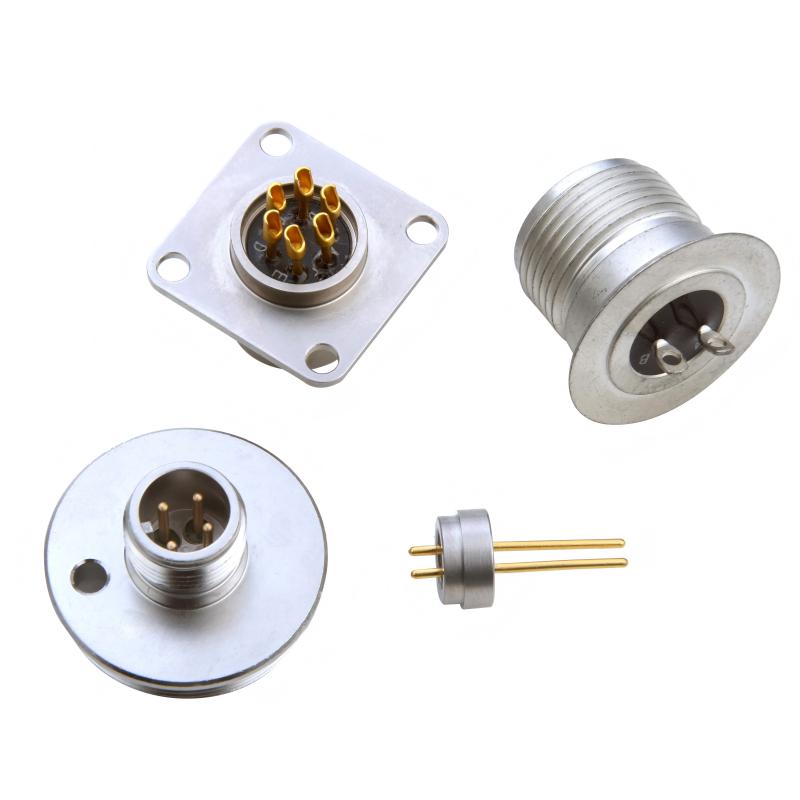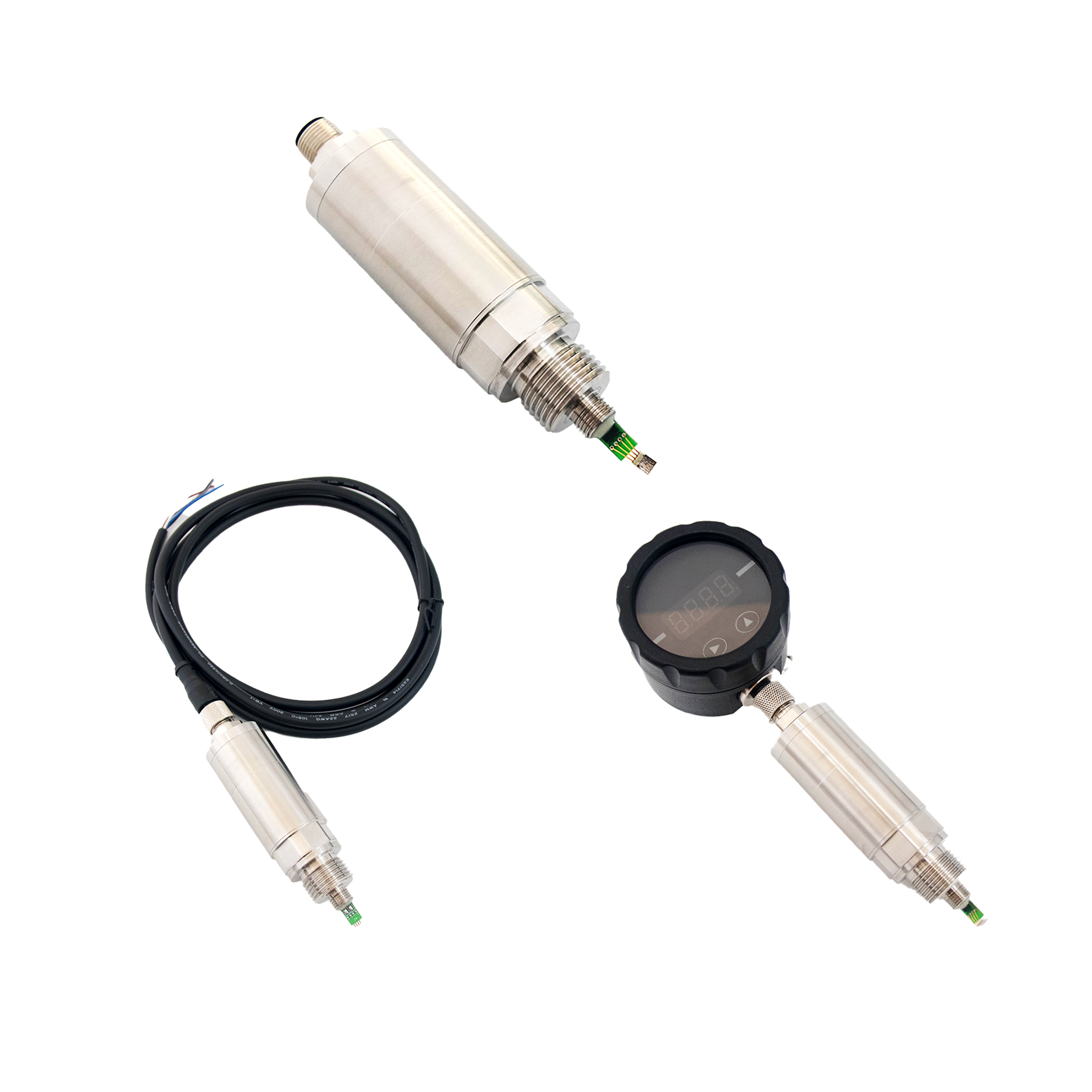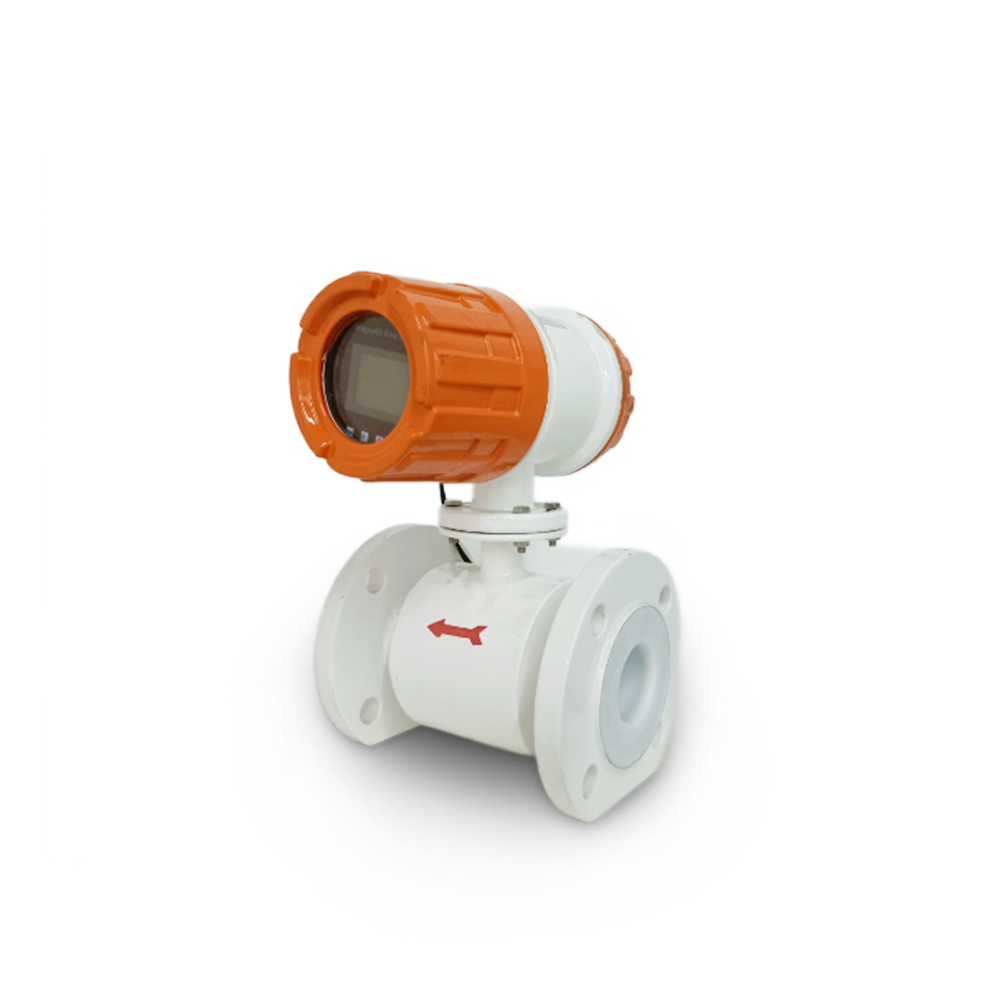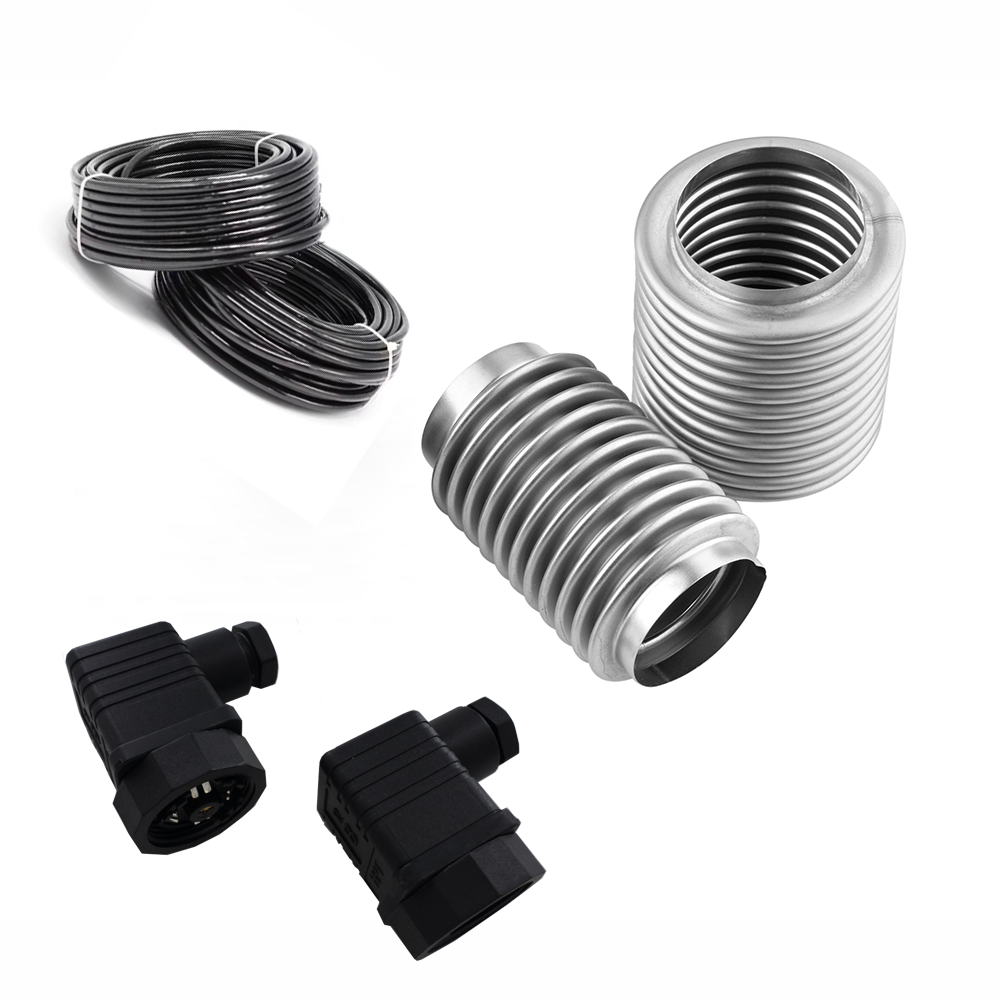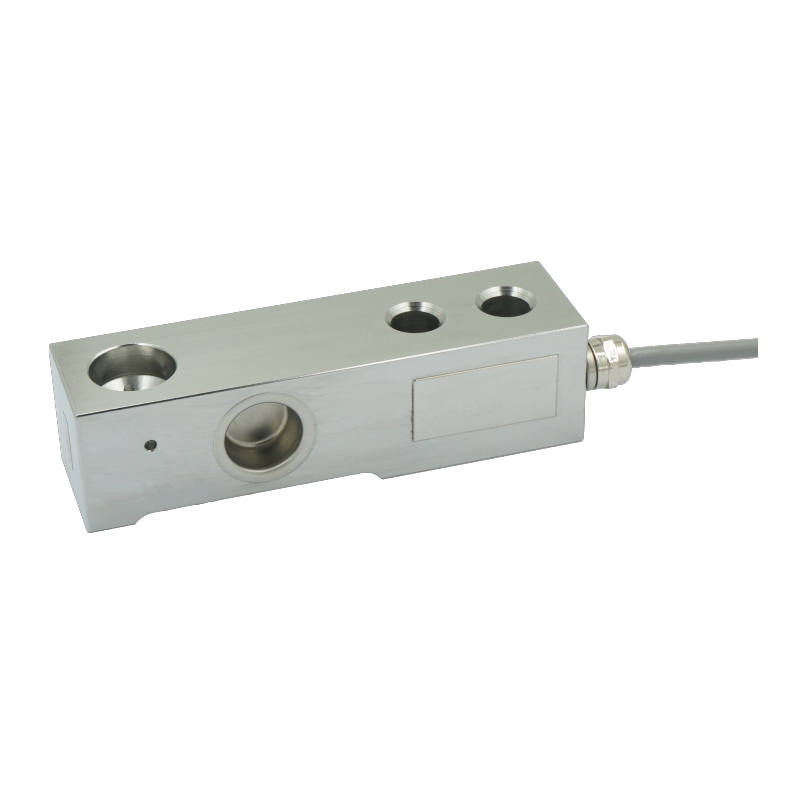Fuel Theft Prevention in Heavy Trucks Using PCM260 Level Transmitter
From: Issued date 2023.02.13 Back
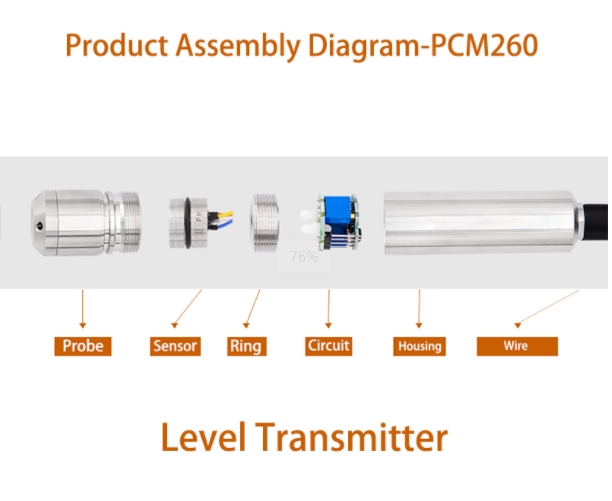
Fuel theft in heavyduty trucks has become a widely acknowledged but often overlooked challenge in the logistics and transportation industry. For logistics companies, fuel costs constitute a significant part of operating expenses—up to 3040% in many cases. However, unauthorized fuel siphoning, often termed as "gray income" for some drivers, quietly inflates these costs and compromises fleet profitability.
Despite efforts to monitor and manage fleets, realtime supervision of drivers' activities and direct evidence of fuel theft remain difficult to obtain. As fuel prices fluctuate and transportation demands rise, logistics companies are under increasing pressure to reduce costs, enhance fuel efficiency, and prevent misuse of resources.
WTsensor’s PCM260 Liquid Level Transmitter provides a reliable and professional solution to tackle this issue headon, enabling realtime remote fuel monitoring and early detection of anomalies in fuel levels.
Comprehensive Fuel Theft Prevention Strategy
To effectively mitigate fuel theft, companies must combine hardware solutions with smart data analytics. Here’s a breakdown of a multilayered approach—where the PCM260 level transmitter plays a pivotal role.
1.Add a Mechanical Strainer to the Fuel Tank Port
A simple yet effective preventive measure is to install a fuel port strainer or antitheft cap on the fuel tank. This device physically restricts unauthorized access, making it more difficult to insert siphoning tubes. While it doesn't provide monitoring, it serves as a first line of defense.
2.Install a GPS Positioning System
GPS tracking systems help fleet managers monitor vehicle location, route, and stopping behavior in real time. If a truck deviates from its scheduled route or stops unexpectedly, alerts can be generated. Combined with fuel level data from the PCM260, suspicious refueling or fuelloss incidents can be crossverified by time and location.
3.Use Surveillance Cameras or Dashcams
Installing incabin monitoring facilities or rear tank cameras can record the driver's behavior. While this adds a surveillance layer, it is not always practical for fuel tank areas. Additionally, video data is typically analyzed postincident and may not offer proactive prevention.
4.Statistical Fuel Consumption vs Kilometers Driven
Monitoring fuel consumption based on mileage records is a traditional method to identify discrepancies. However, this method relies heavily on manual data logging and postanalysis, making it reactive rather than preventive.
5.Install PCM260 Level Transmitter for RealTime Fuel Monitoring
This is the core technological solution for detecting and preventing fuel theft:
Why PCM260 Is the Ideal Solution
The PCM260 Submersible Level Transmitter is a rugged, industrialgrade sensor specifically designed for continuous liquid level measurement in fuel tanks. Installed directly into the fuel tank, it allows realtime monitoring of fuel volume—transmitting data to the fleet management system through IoT modules or vehicle controllers.
Key Features:
High Accuracy and Stability: ±0.5%FS accuracy ensures precise tracking of fuel levels even during minor changes. Wide Temperature Range: Suitable for harsh environments, with operating temperatures from 20°C to +85°C. Robust Design: Stainless steel or explosionproof housing for longterm durability. 420mA or RS485 Output: Compatible with vehiclemounted data acquisition systems. Customizable Range: Measurement range can be tailored to various tank sizes (e.g., 0–1m, 0–2m).
How It Works
Once installed, the PCM260 continuously reports fuel level data back to a central monitoring platform. When combined with GPS and engine activity data, abnormal fuel drops (not corresponding to vehicle use or refueling stops) can be instantly flagged. For example:
If the vehicle is stationary and the engine is off but the fuel level suddenly drops, the system triggers an alert. A historical comparison between fuel added and consumed helps detect longterm discrepancies.
Benefits to Logistics Companies
RealTime Fuel Theft Detection Improved Operational Efficiency Reduced Manual Supervision Enhanced Driver Accountability Lower Fuel Costs and Waste
Fuel theft may be an old problem, but with modern technology like the WTsensor PCM260 Level Transmitter, logistics companies now have the tools to prevent losses before they happen. Integrated with GPS tracking and vehicle telematics, the PCM260 forms the backbone of a smart, datadriven fleet management system—delivering realtime insights, reducing costs, and ensuring the integrity of fuel usage.

